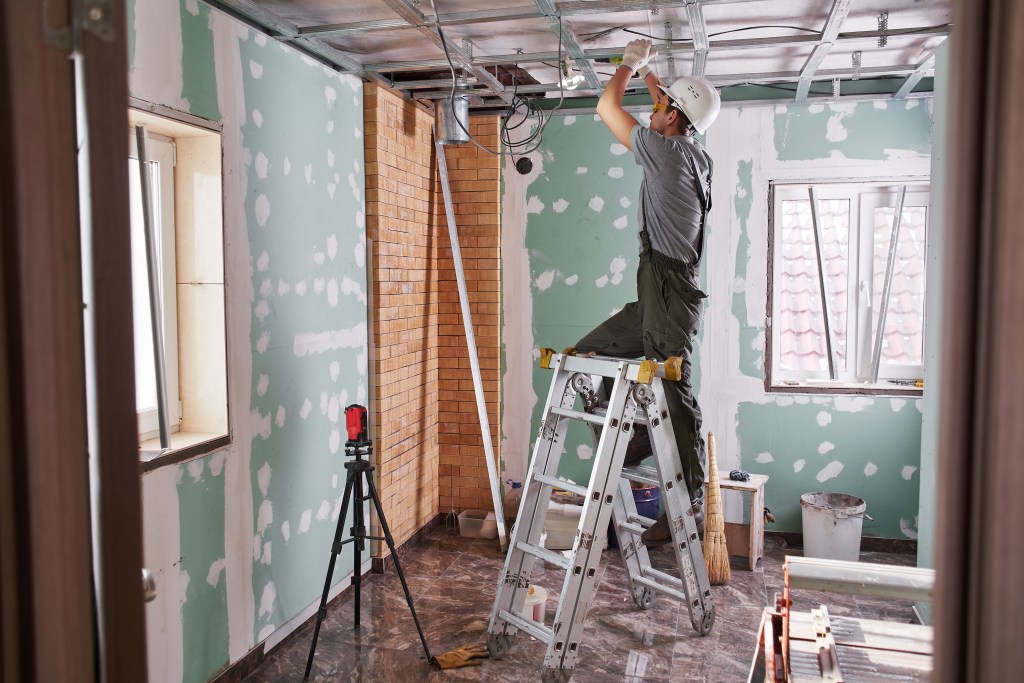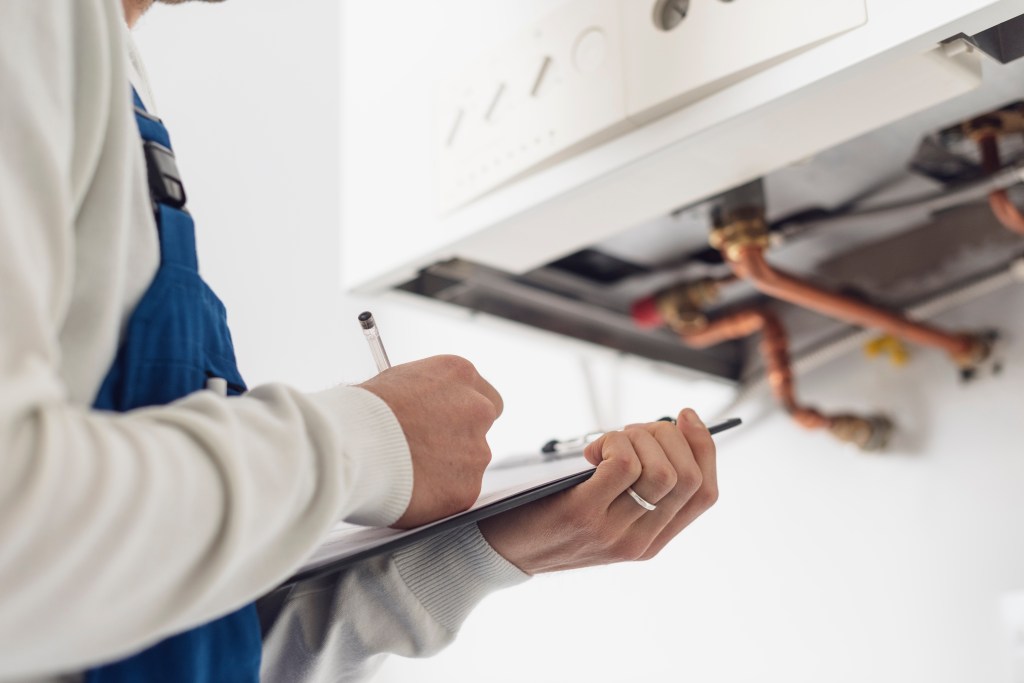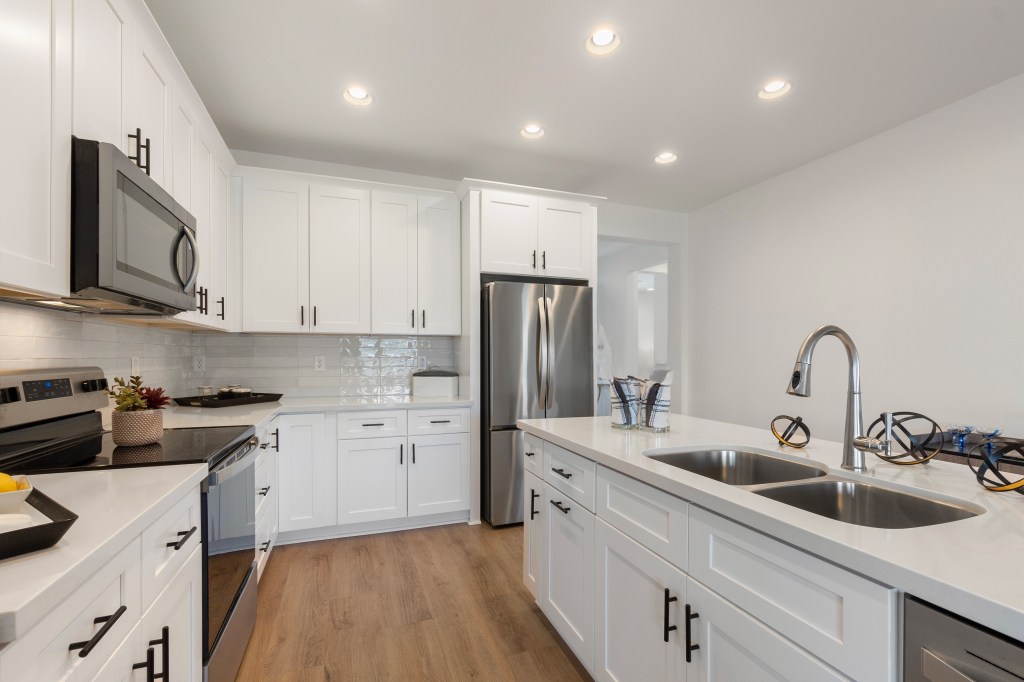Top Common Mistakes in Vacant Property Renovations to Avoid

Renovating a vacant property can be an exciting opportunity to transform a neglected space into something valuable, but diving in without a solid plan can lead to costly setbacks. One of the most common mistakes renovators make is rushing through the planning phase. Whether driven by tight timelines, budget pressures, or sheer enthusiasm, skipping detailed assessments and strategic preparation often results in overlooked structural issues, permit delays, and budget overruns. Taking the time to thoroughly evaluate the property, outline realistic goals, and coordinate with professionals can save time, money, and frustration down the line.
Choosing the Wrong General Contractors for Vacant Construction Projects
Why contractor selection matters in vacant property insurance
Selecting the right contractor can make or break a renovation, especially when dealing with vacant building remodeling issues. These properties often come with hidden challenges like outdated wiring, structural deterioration, or environmental hazards that require specialized expertise. Renovating empty properties demands not only technical skill but also strong project management and a deep understanding of the unique conditions that come with unoccupied spaces.
The risks of contractor oversight, poor planning and inadequate prep work
Unfortunately, contractor oversight errors are common when professionals are underqualified or left unsupervised, leading to safety risks, code violations, substandard work, and costly delays. In some cases, poor planning or budget pressure can also result in the use of lower-quality materials, which may compromise long-term durability and value.
How to vet contractors and set a realistic budget
That’s why it’s critical to vet every contractor thoroughly, scrutinize proposals for vague terms or missing contingencies, and check references to ensure they’ve successfully handled similar projects. Taking the time upfront to secure a reliable, experienced team and setting a realistic budget isn’t just good practice; it’s essential to keeping your renovation on schedule, within budget, and free of major setbacks.
The Risk of Ignoring Inspections Before a Major Renovation

Before swinging the first sledgehammer, a thorough pre-renovation inspection should be a top priority for any property owner, especially when dealing with vacant or aging buildings. One of the most common pitfalls in vacant home renovation is skipping inspections during remodels, a shortcut that can lead to serious consequences. Overlooking assessments for structural integrity, outdated plumbing and electrical systems, or hidden pest infestations can expose the project to significant liability risks and derail progress.
These potential risks, if undetected, often result in budget blowouts, delays, and forced structural changes that disrupt even the most carefully planned renovations. Beyond identifying flaws, pre-renovation inspections are a smart strategy for boosting your renovation ROI, protecting your crew, and laying the foundation for a smooth, cost-effective transformation.
Over-Improving for the Market
While it’s tempting to go all-in on upscale finishes and custom upgrades, over-improving vacant houses can be a costly mistake, especially if the neighborhood’s market values don’t support the investment. Adding marble countertops, imported tiles, or designer fixtures might boost visual appeal, but in the wrong zip code, those big-ticket items may not translate into a higher return at resale. The risk? Avoiding renovation ROI loss becomes nearly impossible when you spend more than the property is worth in that area. Even worse, outdated renovation choices based on personal taste rather than market trends can turn off potential buyers.

To stay on track, savvy owners and developers should analyze local comps and buyer expectations before finalizing any renovation plan. Focusing on updates that align with neighborhood norms, not just design trends, helps manage costs and protect long-term value. Prioritizing practical upgrades like new appliances or features that improve daily life can make a stronger impact than luxury finishes alone. When it comes to renovating, smart, thoughtful restraint can be your biggest asset.
Failing to Secure and Monitor the Property
An unoccupied home under renovation might seem quiet from the outside, but to thieves, vandals, and squatters, it can look like a prime opportunity. Failing to secure and monitor the property is one of the most common renovation security mistakes, leaving it vulnerable to break-ins, material theft, property damage, and even liability issues if someone gets hurt on-site. Protecting unoccupied homes under renovation isn’t just about safeguarding tools and building materials, it’s about securing your entire investment. Items like appliances and construction supplies are easy targets without proper precautions.

Fortunately, security doesn’t have to be expensive or complicated. Installing motion detectors or basic surveillance systems, reinforcing entry points, and planning routine check-ins can drastically reduce your risk. For high-crime areas or prolonged projects, temporary fencing and remote monitoring add another layer of protection. As part of your vacant home upgrade tips, these small upfront efforts can help prevent major disruptions and costly setbacks down the line.
Renovating Without Thinking About End Use
Start with a clear end goal
One of the most common strategy errors in any renovation project is failing to define the end goal before picking up a hammer. Whether you’re flipping for quick profit, holding for long-term appreciation, or renting for steady cash flow, your renovation choices should be guided by a clearly defined outcome.
Avoid mismatched upgrades
Many remodeling mistakes vacant owners make stem from mismatched upgrades—like installing luxury finishes in markets that favor budget-conscious buyers. These missteps often lead to overspending without a meaningful boost in ROI.
Don’t cut corners on functionally
On the flip side, cutting corners on durability or skipping essential amenities can lead to serious rental property renovation problems later on. From flooring to appliances, every design decision should support the property’s intended use.
Plan, budget, and prep for success
That’s why budgeting properly, planning prep work, and aligning your strategy with market expectations are critical steps in the renovation process. Doing so not only protects your renovation budget but also ensures the finished space appeals to the right audience, boosting both profitability and long-term success.
The Insurance Gap: Renovating Without Proper Coverage Limits

Renovating a vacant property without the right renovation insurance coverage is like building on a fault line, you may not see the danger until it’s too late. Renovation property insurance is essential, as protecting unoccupied homes during construction involves elevated risks, from job-site injuries and equipment theft to fire hazards and water damage. Unfortunately, standard homeowners or commercial policies often fall short when it comes to insurance considerations during remodels. That’s where specialized coverage from providers like Vacant Express Insurance comes in.
These tailored policies help address renovation liability for property owners by covering the unique exposures of empty or partially built structures. Whether you’re concerned about contractor injuries, stolen materials, or potential resale setbacks, having the right insurance policy in place is a smart strategy for safeguarding your investment. It’s also wise to discuss your project with an experienced insurance agent to explore additional coverages and ensure you’re getting the best coverage for your specific renovation needs.
Skipping this critical layer of protection can result in serious financial consequences and potentially delay or derail your project’s success.
Sources:
https://makeitright.ca/holmes-advice/home-renovation/19-biggest-home-renovation-mistakes-to-avoid/
https://blog.nationwide.com/home/home-maintenance/avoid-common-home-renovation-mistakes/
https://www.tuscanaproperties.com/blog/common-renovation-mistakes-and-how-to-avoid-them/
https://rei-ink.com/avoid-these-6-rental-renovation-mistakes/
https://www.homebuilding.co.uk/advice/traps-to-avoid-while-renovating
https://wideplankflooring.com/blog/10-home-renovation-mistakes-to-avoid/

